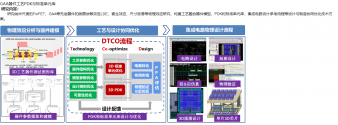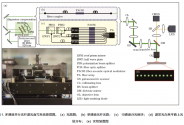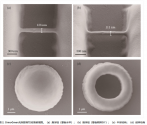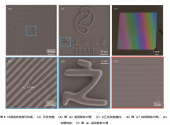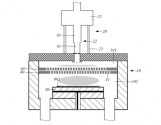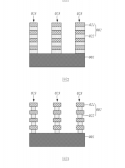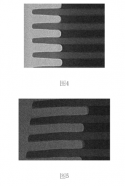Baoying Gas Nanjing Ultra-High Purity Ammonia (Photoelectronic Grade) Production Center Project Started
Recently, the Nanjing Special Gas Production Center project invested by Baoying (Nanjing) Gas Co., Ltd. started construction.
The Nanjing Special Gas Production Center project plans to use a combination of adsorption, distillation and ultrafiltration purification technology to build Nanjing's first 8,000 tons/year ultra-high purity ammonia (photoelectronic grade) production center. After completion, the production center will help improve the advanced new material industry chain in the integrated circuit field of Jiangbei New District and enhance the overall scientific and technological level and competitiveness of the integrated circuit industry in Nanjing and Jiangbei New District.
It is reported that ultra-high purity ammonia (photoelectronic grade) has a wide range of applications in the field of optoelectronics. It is an important raw material in optoelectronics and microelectronics such as semiconductor lighting, integrated circuits, flat panel display panels, and solar cells. Its quality directly affects the optical and electrical properties of the material and even the service life of the equipment. Ultra-high purity ammonia (photoelectronic grade) is used in the manufacture of semiconductor lighting devices such as LEDs and lasers, silicon wafers and metal wires in integrated circuits, and flat panel display panels such as liquid crystal displays and organic light-emitting diodes.
Official news from Nanjing Jiangbei New District showed that the New Materials Science and Technology Park and Baoying (Nanjing) Gas Co., Ltd. also signed a contract for the East China Gas (Hydrogen Energy) Storage and Transportation Center Project. The East China Gas (Hydrogen Energy) Storage and Transportation Center Project aims to build its own Class II hazardous chemical logistics and transportation fleet and product distribution information system to achieve product safety, intelligent logistics and cost control under different filling methods and multiple parameters. At the same time, through data empowerment and independent research and development, it will establish a gas e-commerce trading platform open to upstream and downstream, improve supply chain system management and intelligent data analysis, and enhance the core competitiveness of enterprises.
On December 29, 2023, Baoying (Nanjing) Gas Co., Ltd. announced the completion of a total of 400 million yuan in financing for Round B and Round B+. The investors include Cathay Capital, Bocom Capital, Hengxu Capital, and Xiamen International Trade Fund Investment.

